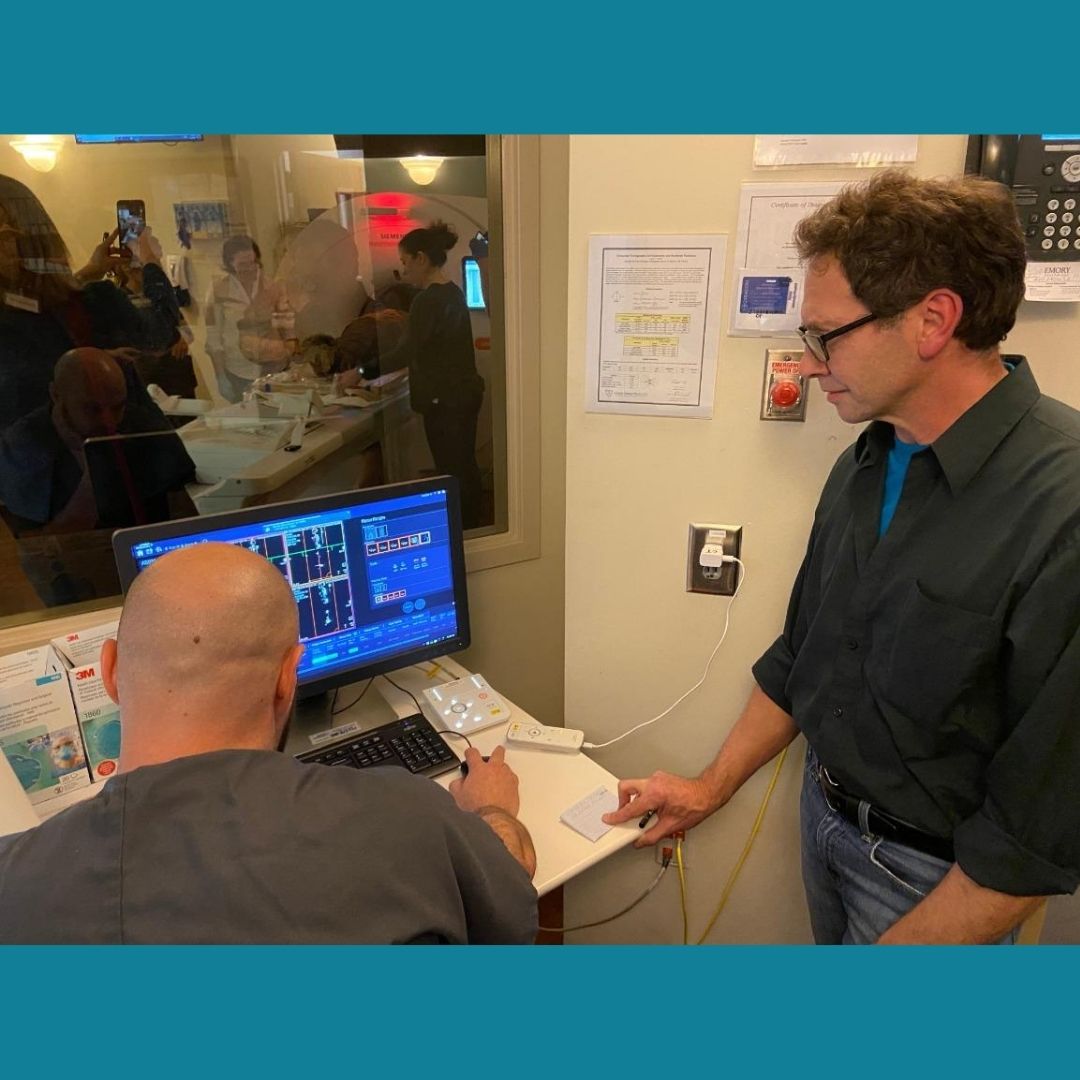Two interesting mummies of Ptolemaic date (c. 275-225 BC) entered the Michael C. Carlos Museum in 2018 as part of the Senusret Collection. Computed tomography scans were performed on these individuals at Emory University Hospital during the early days of the Covid19 Pandemic. Although the scanning story could not be told when it occurred, the months of lockdown allowed a very detailed analysis to proceed on these inhabitants of the ancient city of Akhmim in Upper Egypt, a woman named Taosiris and a man known as “Padibastet.”
Interpretation of the CT data was facilitated by means of “Mummy Mapping,” a technique of image presentation that permits all to see more clearly the kinds of cultural features that scans pick up. Initially developed in 2004 and worked out in greater detail in 2009, Mummy Mapping helped enormously as the team compared the two mummies to others from the site in terms of time-specific stylistic features in Egyptian funerary processing.
In this talk, Dr. Jonathan P. Elias, director of the Akhmim Mummy Studies Consortium, an international project coordinating research on mummies from various Egyptian sites while promoting CT-based mummy studies and forensic facial reconstructions of ancient Egyptian people, discusses the methods, challenges, and joys of current research on these and other Egyptian mummies.
This lecture was made possible with funding from the Lacovara Lecture Fund. It is presented in conjunction with the 2023 exhibition Life and Afterlife: Ancient Egyptian Art from the Senusret Collection, sponsored by the Forward Arts Foundation and Dr. Ira and Mrs. Linda Rampil.
Mummy Mapping and CT
Investigation of Two Mummies at the Michael C. Carlos Museum with Dr. Jonathan P. Elias
Image





